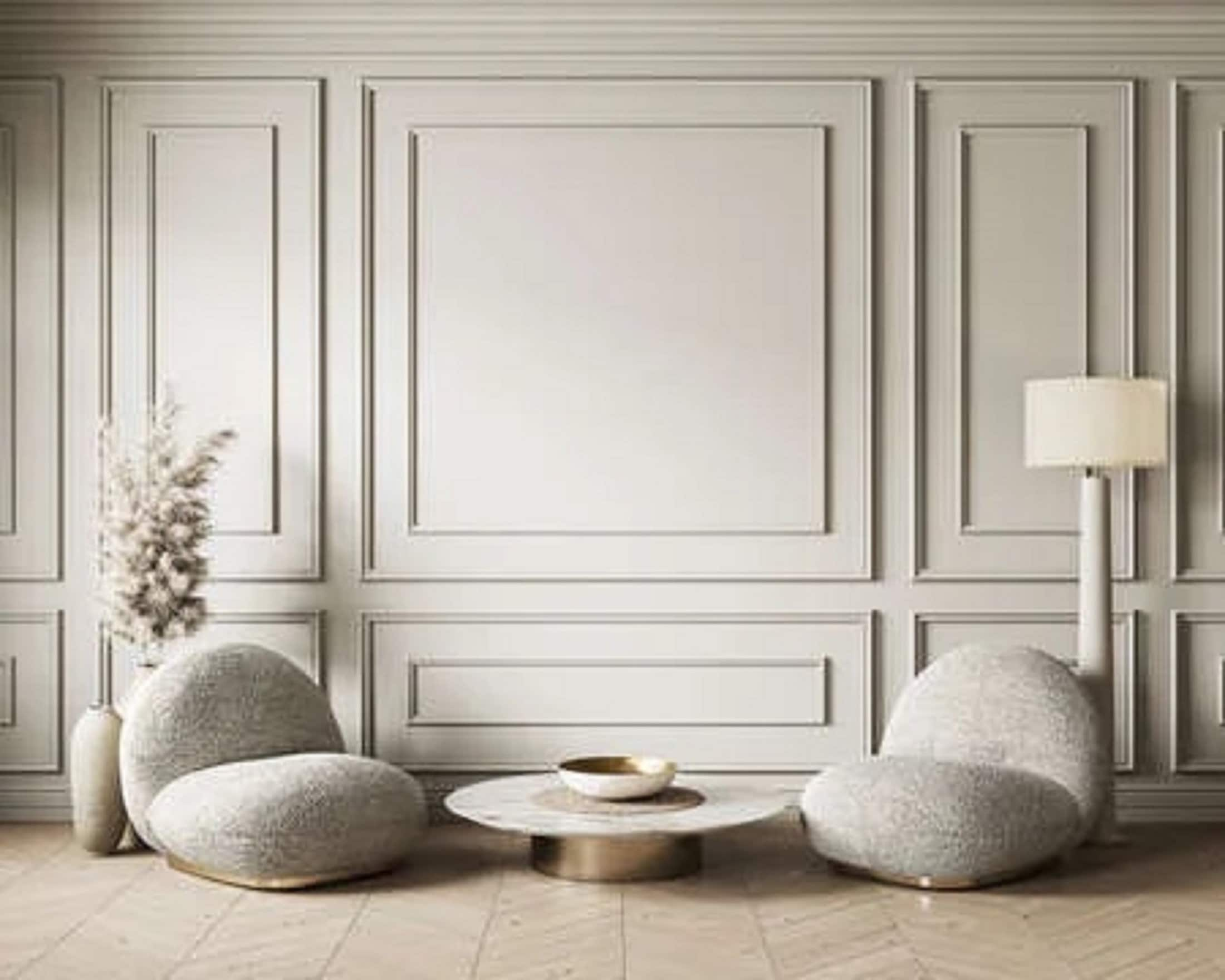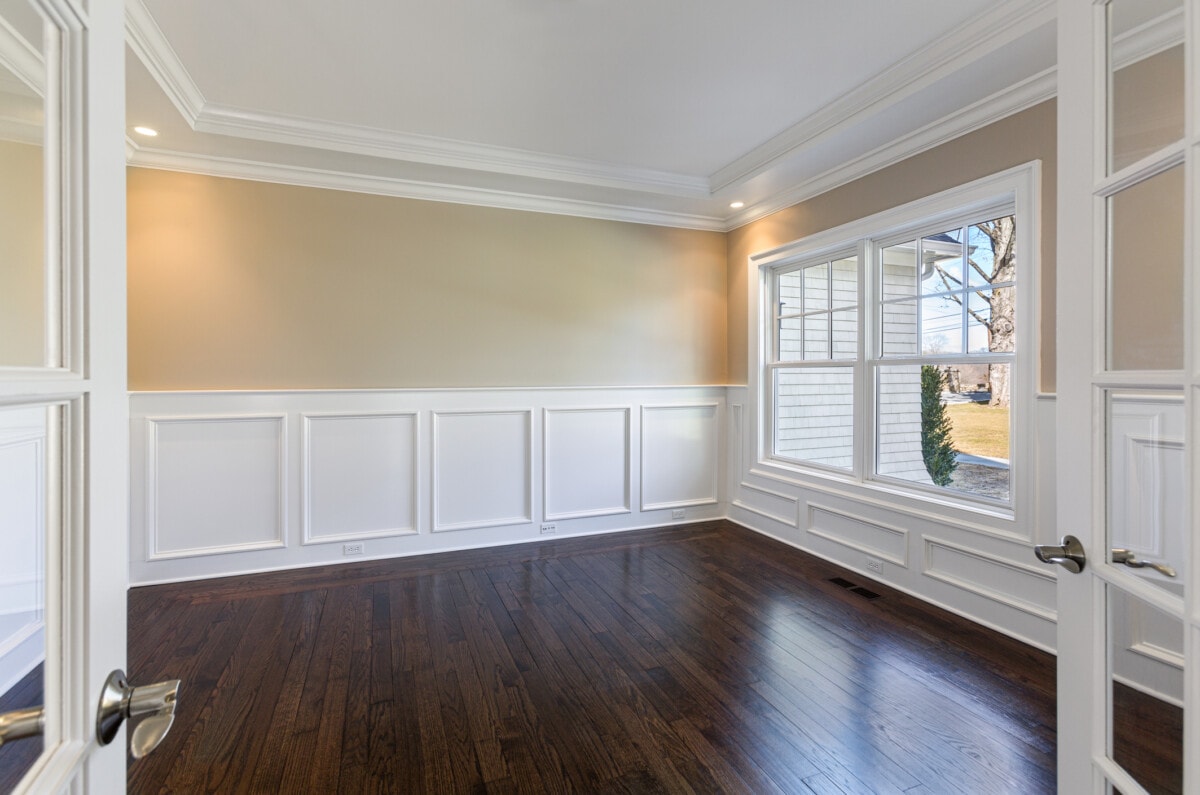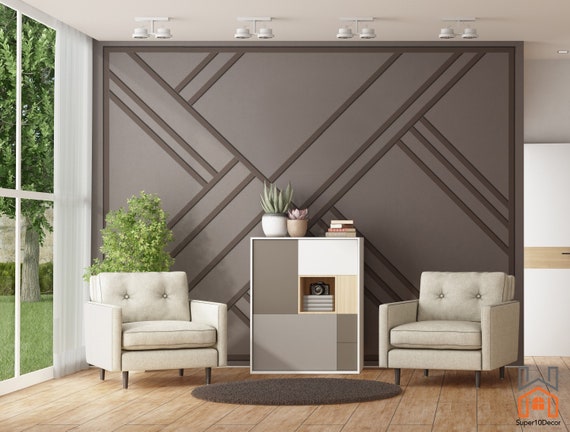What is Decorative Wall Molding Trim?
Decorative wall molding trim, often referred to as crown molding, baseboards, or wainscoting, is a beautiful architectural feature that adds elegance and character to any room. Whether you’re looking to enhance the ambiance of your living space or add a touch of sophistication to your office, wall molding trim serves as a versatile design element that can transform your interiors.
Types of Decorative Wall Molding Trim
Crown Molding
Crown molding sits where the walls meet the ceiling, providing a seamless transition and adding height to a room. It’s available in various styles, from traditional to modern.
Baseboards
Baseboards cover the joint between the wall and the floor, protecting the drywall from damage and dirt while adding a finished look to your space. They can be simple or ornate.
Chair Rails
Chair rails are installed about a third of the way up the wall and can be used to create a visual break, especially when different paint colors or wallpaper styles are used above and below.
Wainscoting
This decorative paneling covers the lower portion of the walls and can add depth and texture. It is typically paired with chair rails and can be made of wood, vinyl, or other materials.
Benefits of Decorative Wall Molding Trim
Aesthetic Appeal
One of the most significant advantages of decorative wall molding trim is the aesthetic appeal it provides. It enhances the beauty of the room and can be tailored to match any style.
Increased Property Value
Homes with quality molding can see an increase in property value. Potential buyers often favor homes with well-done trim work, as it suggests the house has been well maintained.
Concealing Imperfections
Molding can cleverly hide imperfections in wall joints or uneven surfaces, giving the room a polished, professional look.
How to Choose the Right Moldings for Your Space
Consider Room Height and Size
Taller rooms can benefit from more ornate and larger moldings, while smaller spaces may require simpler or more petite profiles. Always measure your space first!
Choose the Right Material
Moldings can be made from various materials, including wood, MDF, PVC, and plaster. Each material has its benefits and drawbacks:
| Material | Pros | Cons |
|---|---|---|
| Wood | Durable, beautiful finish | More expensive, susceptible to warping |
| MDF | Cost-effective, smooth surface | Less durable than wood, can swell if wet |
| PVC | Water-resistant, easy to maintain | Less traditional look, can be less sturdy |
| Plaster | Highly decorative, very durable | Very heavy, expensive, difficult to install |
Installation Process for Decorative Wall Molding Trim
Preparation
Before you start installing, make sure to gather all necessary tools: a miter saw, measuring tape, adhesive, and finishing nails. Prepare the wall by cleaning it and ensuring it’s free from any nails or debris.
Measuring and Cutting
Accurate measurements are crucial. Measure each wall and mark where the molding will be placed. Use a miter saw for clean cuts, especially for corners.

Adhering the Molding
Apply adhesive along the back of the molding and press it against the wall. For additional security, use finishing nails to hold it in place. Ensure it’s level and flush with the wall.
Finishing Touches
Once installed, fill any gaps with caulk or wood filler and sand smooth. Finally, paint or stain the molding to match your desired aesthetic.

Pros and Cons of Decorative Wall Molding Trim
Pros
- Enhances the visual appeal of any room
- Increases overall property value
- Hides imperfections in walls
- Available in various materials and styles
Cons
- Can be expensive, especially with custom designs
- Installation can be complex for beginners
- Requires maintenance over time (painting, repairing)
Personal Experience: Transforming My Home with Molding
When I decided to renovate my home, I knew decorative wall molding trim would play a crucial role. I opted for crown molding in the living room and wainscoting in the dining area. The transformation was incredible!
After measuring meticulously, I chose MDF for its cost-effectiveness and smooth finish. Although installation was a challenge, especially around corners, the final result was worth every bit of effort. My rooms felt taller, more sophisticated, and every visitor noticed the difference.

FAQs About Decorative Wall Molding Trim
What is crown molding used for?
Crown molding is primarily used to create a decorative transition between walls and ceilings, adding elegance and detail to a room.
How high should crown molding be?
The height of crown molding typically ranges from 4 to 10 inches, depending on the room’s height. A general rule is that it should be about 1 inch in height for every foot of ceiling height.

Can I install molding myself?
Yes! With the right tools and preparation, many homeowners choose to install decorative molding trim themselves. However, if you’re unsure, hiring a professional may be a good idea.
Is molding expensive?
The cost of decorative wall molding trim varies significantly based on materials and styles. Generally, MDF and PVC are more affordable, while high-quality wood and plaster can be more expensive.
